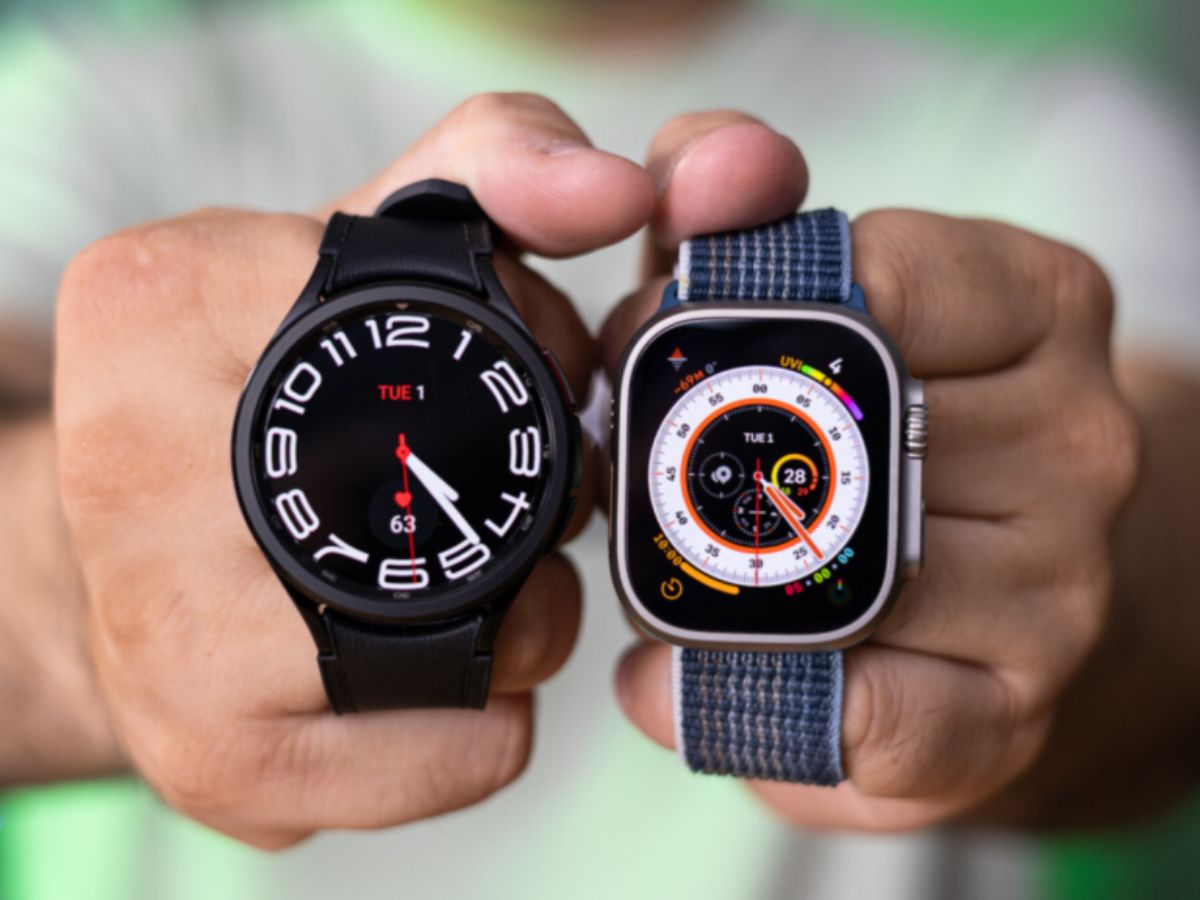
The Technology Behind Fall Detection
Fall detection on Samsung Galaxy Watches combines hardware and software components. The primary hardware component, the accelerometer, measures acceleration and deceleration. This sensor detects sudden changes in movement that could indicate a fall.
The software component uses sophisticated algorithms to analyze accelerometer data. These algorithms differentiate between a fall and other movements, such as stopping short in a car or experiencing rapid changes in direction. They recognize the distinct profile of a fall, which includes a sudden drop and impact on the ground.
Enabling Fall Detection on Samsung Galaxy Watch
To utilize fall detection on your Samsung Galaxy Watch, follow these steps:
Open the Galaxy Wearable App
- Open the Galaxy Wearable app on your phone. This app manages and configures various settings for your Samsung smartwatch.
Navigate to Watch Settings
- Navigate to the Galaxy Watch page and tap on "Watch settings." This menu allows configuration of various watch settings.
Select Safety and Emergency
- From the watch settings menu, select "Safety and emergency." This section includes safety features, such as fall detection.
Enable Hard Fall Detection
- Tap on "SOS" within the safety and emergency section and toggle the switch for "Hard fall detection" to the "on" position. This will prompt enabling necessary permissions for the feature to work.
Specify When to Detect Falls
- After enabling hard fall detection, specify when you want it to be active. Options include Always, During physical activity, or Only during workouts. Customize the sensitivity of the fall detection feature according to your needs.
Select Emergency Contacts
- Tap on "Emergency contacts" to select which contacts will receive the SOS if a fall is detected. Choose an existing contact from your list or add a new one by entering their information.
How Fall Detection Works
When fall detection is enabled, the watch continuously monitors movements using the accelerometer. If it detects a sudden drop or impact matching the profile of a fall, it triggers an SOS alert. The alert includes your current location and sends a message to designated emergency contacts.
What Happens When a Fall is Detected
- SOS Alert: The watch sounds an alarm and vibrates to alert you that a fall has been detected.
- Response Time: You have 60 seconds to respond and cancel the SOS if it was a false alarm. If no response occurs within this time frame, the watch automatically sends the SOS message to emergency contacts.
- Emergency Contacts: The SOS message includes your current location, crucial in emergency situations. Emergency contacts can then decide whether to call for medical help or other assistance.
Benefits of Fall Detection
The fall detection feature on Samsung Galaxy Watches offers several benefits:
- Peace of Mind: Knowing that your watch can detect falls and alert emergency contacts provides peace of mind, especially during high-risk activities like hiking, biking, or running.
- Quick Response: The SOS alert ensures that help can be summoned quickly in case of an actual fall, critical for preventing further injury or ensuring timely medical attention.
- Customization: The ability to customize when the fall detection feature is active allows users to tailor the sensitivity of the feature according to their specific needs and activities.
- Integration with Samsung Health: The fall detection feature integrates seamlessly with Samsung Health, providing additional health-related data useful in monitoring overall health and wellness.
Common Misconceptions and Considerations
While fall detection is a powerful safety feature, some common misconceptions and considerations include:
- False Positives: Like any sensor-based feature, there is a possibility of false positives where the watch might incorrectly detect a fall. These can be easily dismissed by canceling the SOS alert.
- Durability Concerns: Some users might worry about the durability of their watch if it detects a fall. However, Samsung watches are designed to be durable, and the sapphire crystal display on some models adds extra protection.
- Software Updates: Only watches with the latest software version can use fall detection. Regular software updates ensure that the feature remains accurate and effective.
Final Thoughts
Fall detection on Samsung Galaxy Watches is a robust safety feature leveraging advanced technology to provide users with an added layer of protection. By enabling this feature, users can enjoy peace of mind during high-risk activities and ensure quick response times in case of an actual fall. Customization options and integration with Samsung Health further enhance the utility of this feature. While there are considerations regarding false positives and durability, these are minor compared to the benefits offered by fall detection. For anyone looking to enhance their safety and well-being, enabling fall detection on their Samsung Galaxy Watch is a worthwhile investment.
